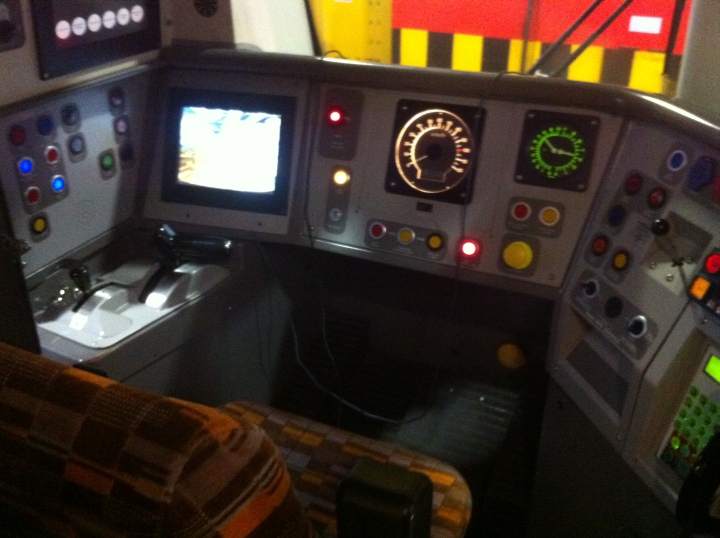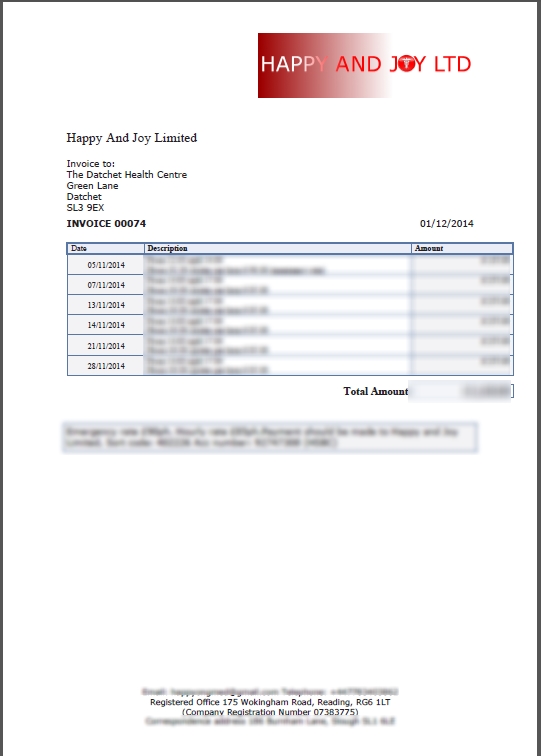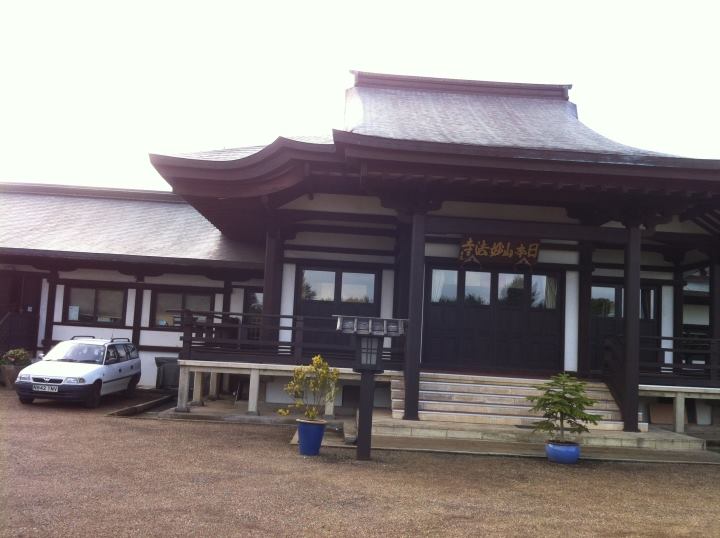Software Case Study
A lot of our clients are not acutely aware the benefits of using customised software. Why customisation?
The answer is, many software cannot be bought off the shelves to suit a specific need or purpose. Take for example our Formula One project. Where are you able to purchase software that ticks all the boxes for the broadcasting industry to suit the specific hardware? Or for example the DOO software. Where are you able to purchase this for your fleet of trains, to suit your regulatory requirements, not to mention specific train hardware?
The answer is nothing exists off the shelves. You have to build it.
And there is also maintenance to consider, depending on the requirements.
While we concede the cost is high, the benefits are huge and far outweighs the initial capital investment. Although software is not a tangible asset, the savings are tangible and are real. It will benefit your bottom line. The savings from this will run automatically every year.
However this does not only hold true for high value software, it also holds true for low value ones. The following case studies will explain why it is highly beneficial of having customised software solution.
LOROL
 |
One of the main advantages of using the software, apart from the safety is the savings from labour cost. Prior to the introduction of our software, the company had to employ 2 signalling personnel to stand on the train platform, to whistle twice each time before a train departs. The first whistle is to signal to the train driver that it is safe to close the doors, and the second time to signal that it is safe to move the train (for e.g. nobody is leaning against the train while standing on the platform, nor getting the leg stuck in any gaps between the train and the platform). Every platform must have a signaller, with an annual wage of £25,000 plus benefits and pensions each. Multiply this with the number of stations would mean the cost of labour is extremely high.
The solution was to have a few CCTV cameras installed where the doors are on the train itself, enabling the train drivers to view if it is safe to close the doors and to move the train. This requires specialist software which we have developed as none could be bought off the shelves. The software has to meet stringent rail regulatory requirements, and to also meet the specification from the unions. For e.g. the screen has to shutdown when the train reaches 20 mph, to avoid distracting the driver, or allow the driver to view the internal of the trains during incidents.
A view of the display screen (brightest screen on left side) running our software in the cab where the driver sits is shown in the picture.
Even though the cost of the software alone exceeded £100k, this was quickly recouped within 3 months and the savings run into millions over a decade. The savings are perpetual.
|
Locum doctors
A doctor works as a locum for various surgeries and hospital. Now, each surgery or hospital will have different timetable and rates. The doctor may charge different rates for the same client, dependent on the time (for e.g. overnight shift costs more). At the end of the month, a doctor will have to spend 4 hours to issue invoices, and has to manually calculate the hours and rates individually for different sessions in the month. Not only this is very manually tedious, it is also prone to mistakes.
With our software, a doctor can do that with a click of software, and the system will automatically generate invoices in pdf format, and is able to email this out to the clients. How is it being done? Every time a doctor agrees to a shift and a rate, he or she will input this to the iPhone calendar, with one line, say "Slough Surgery @£50". Now the calendar for this event is automatically sync-ed to the personal gmail calendar of the doctor. At the end of the month, a click of button using our software will pull everything down for the particular month online, from the gmail calendar, and auto generate invoices (example shown on the right).
How much is saved? Assuming a doctor's rate is £50 an hour. 4 hours per month would mean £200 a month, or £2400 a year. The software investment is recouped within 2 years. This excludes any costly mistakes avoided i.e. if a doctor forgot to invoice a client, or the calculation is simply wrong, which would highly impact the bottomline. These mistakes may potentially exceed thousands, and the losses are real (as per feedback from our client where a surgery was kind enough to alert the doctor of a missing £600 invoice prior). More importantly, the savings are perpetual, minus the stress of having to do this dreadful task each month.
|
 |
Family
Butcher
A small family business of butcher in London distributes meat to various small supermarkets and stalls in the London area every morning. There is a different price for each type of meat, from different parts of the animal. Discounts are applicable for different customers, dependent on the volume of meat. At the end of each week, the butcher has to manually calculate the invoices to be sent to the clients and this tedious task takes a minimum of 5 hours each time. In addition, the calculation is fraught with errors, and while overcharging customers tend to provoke unpleasant reaction coupled with loss of goodwill, accidental undercharging would not be reported by the client. The errors are in the region of hundreds each month, translating into real losses.
In addition, the system would be able to provide crucial statistical information, such as sales volume in each month, the cost of sales etc, to enable better forecasting and to give the owner a better idea of the profitability very quickly, rather than to wait for a monthly manual audit.
Based on our calculation, at the manual labour rate of £10 an hour, the butcher would have saved £50 a week, or £2600 a year. Investment in customised software would mean the savings for the software cost itself is within 18 months. Unfortunately the butcher did not go ahead with the software purely because of the perceived investment of something intangible is not worth it, unlike machinery which is tangible. This effectively means the fixed manual labour and mistakes will continue indefinitely.
Buddhist Temple
The Milton Keynes temple relied on very old software to maintain the list of their guests. However the system has many shortcomings, resulting in many hours of the volunteers lost in printing or emailing the guests every week. In particular, the system was unable to segregate those with email and those with postal addresses, resulting in manual filtering of the guest records, which run into 1000. Those guests with email addresses will be sent email and those with postal only will be sent postal mail. The aim is to reduce the postage costs which are 63p for first class and 54p for second class. For a temple that is wholly dependent on donations and goodwill of others, any savings will be hugely beneficial.
In addition, the records have to be manually trawled one by one without an overall view of all records, nor sorting functionality.
We have developed a replacement application specifically to solve this problem. The data runs on Microsoft SQL server, and the system allows the volunteer to quickly filter these, with just a click of a button. The functionality was enhanced, and it also shows the record (and multiple records) in a more user friendly way. This allows cost savings, and more importantly saving the volunteer's time, allowing more to be achieved for less.
This development work was carried out for free as a charitable cause. |
 |